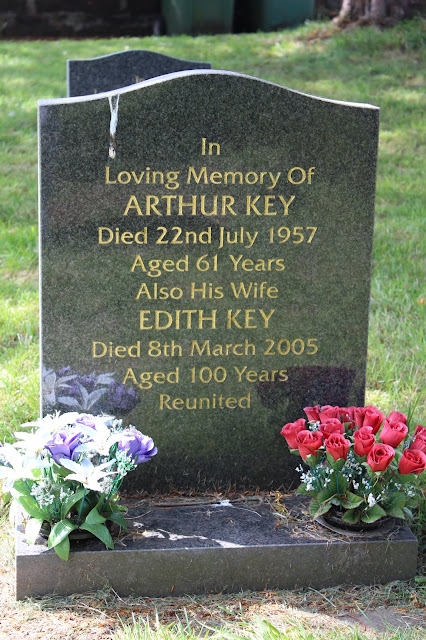 |
All Saints dates from 1086. It was rebuilt in 1847, except the middle aisle and the tower. It has since been restored three times. |
 |
Aged 100 years. |
 |
"All the children liked Dick""He loved his horses" |
 |
Aged 100 years. |
 |
The memorial describes a distinguished and brave military career in India, Aden, and South Africa before death due to enteric fever aged only 27. |
 |
It is astonishing to find an effigy apparently split into two pieces, each one in a separate niche. |



























































